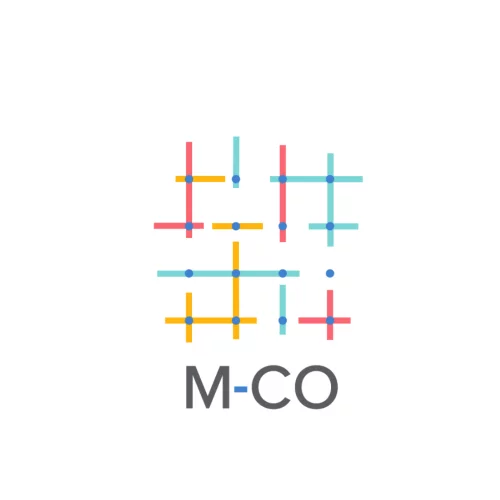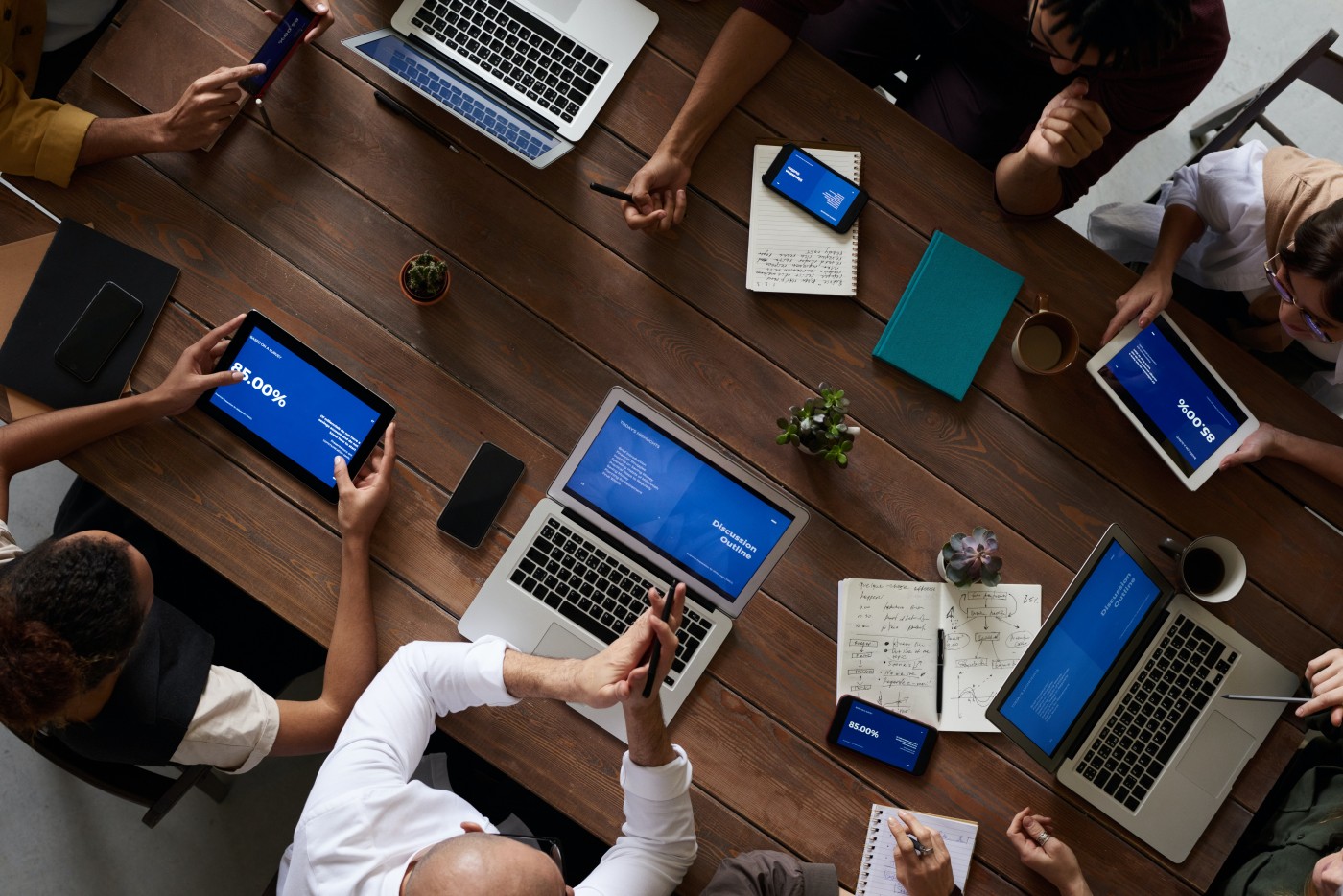Whether it’s business as usual or office downtime due to the summer annual-leave rush, now is as good a time as any to start thinking about and planning for a workplace transformation.
Whilst it’s very much business-as-usual for our clients in Irish Public Bodies and Fingal County Council, our current work with them on workplace transformation projects are great examples of organisations understanding the need for more integrated approaches to office design.
If your organisation has time available to consider internal projects or if the ‘return to office’, post-pandemic environment has you reconsidering your office layout, it might be time to take inspiration from our clients in Irish Public Bodies and Fingal County Council and invest in your team, to help encourage more creativity, collaboration, and productivity and to support cultural change through a workplace transformation or office spatial planning project.
Our M-CO team working with Irish Public Bodies and Fingal County Council got together to help explain why the traditional office-space interpretation needs to be re-imagined and what that looks like.
Here is what they had to say:
“As businesses and organisations return to the office or hybrid working, space utilisation is to the fore. Driven by digital advances and new ways of working – both of which have been accelerated by the recent pandemic – many organisations are reappraising what the office is for and how they use it. Innovative organisations are seeking to ensure their physical environment supports the needs and activities of their teams. Pre-Covid offices (with a few outliers) had largely followed templates for more process-oriented workplaces. In such scenarios, an office worker was in many ways similar to a factory worker, with the tools required to perform their work (desktops, printers, physical files etc.) tied to a physical location. Many of those tools are now relatively cheap and mobile, and the value of being office-based is no longer about access to equipment or physical resources.
Many of the organisations that we work with want to explore solutions that suit their needs, taking particular account of the insights of their staff and teams. Our clients understand that simply following apparent design trends (such as mimicking some version of ‘Google-lite’) can lead to new office solutions that are both ineffective and expensive. Such mistakes arise where design is imposed in a top-down way, sometimes with good intentions, but which can fail to take account of the functional needs of various teams. In such cases, the fit-out is often seen as the solution, rather than part of a more holistic design-thinking process; an opportunity for change that reviews processes, ways of working and the fit between the environment and the organisation’s needs, ambition and values.
Forward-thinking organisations understand the value of staff input in envisioning the environment in which the office can work best for the organisation. Staff often bring a wealth of knowledge and insight in considering what is best for the organisation. Bringing staff into such a process can seem daunting and complex but approaching this opportunity in a structured way can ensure that staff have appropriate input to the processes, design and learnings that arise from a workplace transformation project, ultimately increasing buy-in and commitment, and achieving a workplace transformation and improvements that deliver real change beyond the physical environment.
The successful office is no longer simply a site for the production of work. Today’s office needs to play a wider role as a hub for collaboration and innovation, knowledge-sharing, learning and leveraging social capital, strengthening relationships within the organisation, and ultimately to the benefit of clients and partners.
Combining our design-thinking approach with our expertise in architecture, office design and our knowledge of change management and Lean processes, enables us to work with clients to ensure that offices can meet current and future needs.”
Our team of designers, planners, strategists, researchers, and architects are ready to work with you to get your office space to a place where your team feels safe and inspired to return to the office by applying strategic research practices to identify the social and physical environments which contribute to team health, performance, and well-being.

